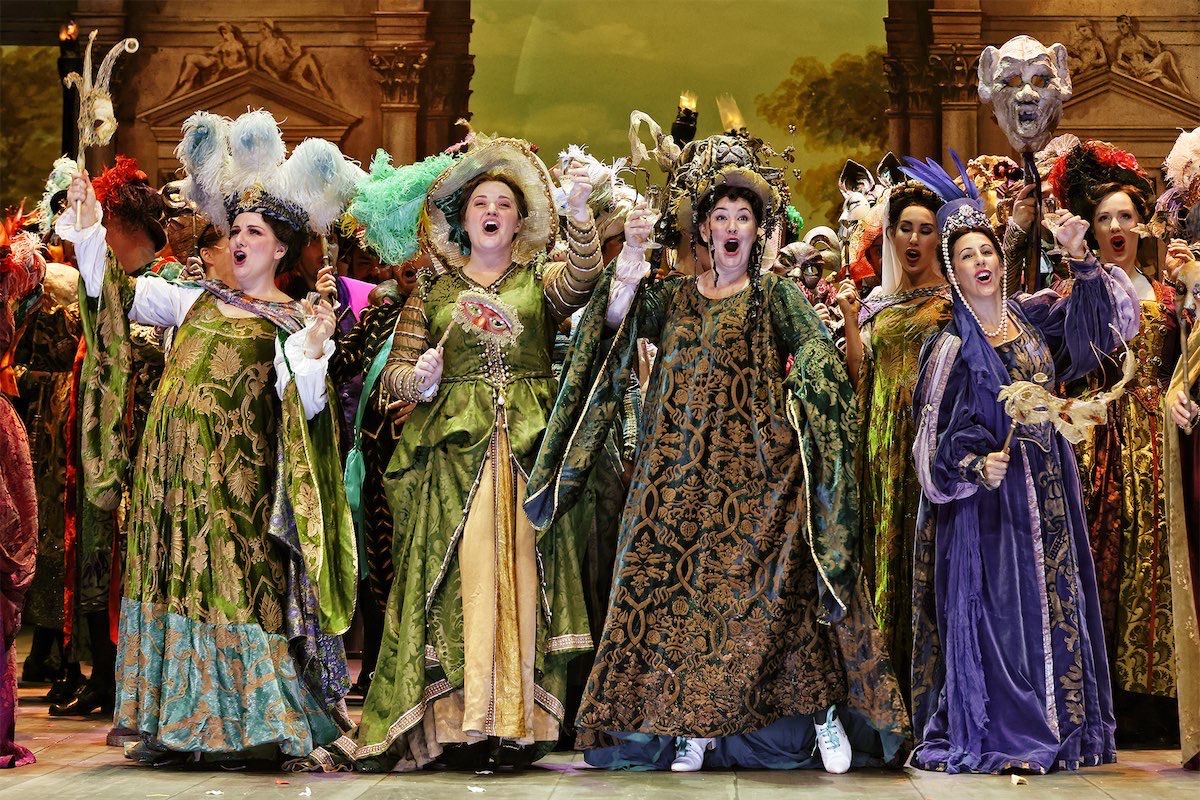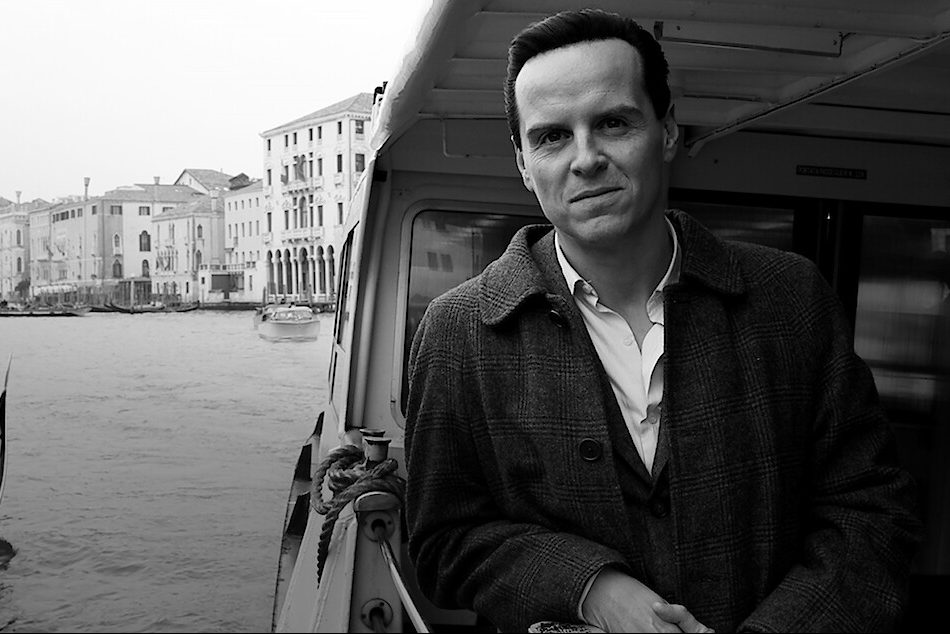
IN an unusual move that shifts one of its major assets from the sidelines to centre stage, Opera Australia is about to stage a production entirely devoted to its chorus.
I have long been a fan of this extraordinary assemblage of top singers, of the mighty sound that they can produce and of their increasing involvement in the art of acting, making them genuine participants in the mostly tragic actions of the operatic repertoire.
I caught up with Matthew Barclay, the director and choreographer of the coming show, “Chorus!” to find out just how his production will differ from some of the “great hits of the opera” nights with which we are bombarded.
Barclay is well known as the former senior resident director at OA, but these days he’s artistic adviser for Sydney Catholic Schools, for whom he’s directed “School of Rock” at Olympic Park with 3000 kids.
A multi-skilled graduate of the Victorian College of the Arts, the Australian Ballet School and Deakin University’s arts management course, he is also a freelance director who has been making directorial waves as far away as Shanghai, Beijing and Hanoi, of which he says, people “don’t get to see professional western opera very often. It felt like missionary work, a trailblazer.”
After around 10 years with OA revising other people’s work and choreographing at a high level, he was let go in early 2021 when the covid-besieged company jettisoned many of its artists, but says to have been quite relieved as he’s still mourning the death of his wife in 2019 and needed a break. He’s come back on contract with a lot more energy and excitement.
“The power of the chorus is so powerful,” he says. “It’s all about the way they selflessly come together as a group, all working towards the same end so that the whole is bigger and better than any individual parts.”
With that in mind, he and chorus master Paul Fitzsimon have put together a program of 18 “numbers” telling 18 different stories. There are no costume changes and the chorus sings non-stop – for that reason, the show is only about an hour long.
The 48 choristers come together to sing Verdi, Puccini, Wagner, Tchaikovsky and more, with highlights such as “The Pilgrim’s Chorus” from Tannhäuser, Madama Butterfly’s “Humming Chorus”, and the “Anvil Chorus” from Verdi’s “Il Trovatore”.
Barclay makes it sound as if the chorus is indeed the star, but don’t some of them feel they’re in the shadows?
“There are those who don’t want to be in the spotlight, but some are working towards a solo career, when their voice is mature enough and they get enough roles under their belt,” he says.
“Meantime, they have this wonderful job where they can sing every day.
“It’s a tribe full of very different personalities – all sorts, including school teachers and bus conductors, but they’re a real community, they are us.”
Initially he and Fitzsimon were daunted by the gargantuan challenge of devising a show for nearly 50 people, but now they’d like to do it every couple of years.
Their answer was to devise a work using music as a starting point but not telling a literal story, rather taking a journey through humanity in people’s experiences.
“The audience will get to see the chorus really stretch themselves, pushing the limits of what they can do physically,” he says.

“We don’t want it to be too specific in terms of the theatre but we do go for the impact of the music, so that in the ‘Anvil Chorus’ there is the feeling of being downtrodden – the chorus embraces the present feeling.
“A good opera director doesn’t make the chorus do things that are physically impossible.”
Towards the end of the show, they have fun with the very question of whether to be a chorister or a soloist in a scene from “Carmen”, they search among themselves for a leading baritone to sing Escamillo, each contender trying on his sunglasses in competition. It’s a little moment.
Then there’s the lament from “Dido and Aeneas”, which ends with the necessary soloist retreating back into the chorus, celebrating the group over the individual and it all winds up with “Make our Garden Grow” from the end of Bernstein’s “Candide”.
“That says we are best when we embrace each other in support of one another, and we can achieve that height of music when we work as an example, that’s my concept,” Barclay says.
“Chorus!”, Sydney Opera House, February 4-March 10.
Who can be trusted?
In a world of spin and confusion, there’s never been a more important time to support independent journalism in Canberra.
If you trust our work online and want to enforce the power of independent voices, I invite you to make a small contribution.
Every dollar of support is invested back into our journalism to help keep citynews.com.au strong and free.
Thank you,
Ian Meikle, editor




Leave a Reply